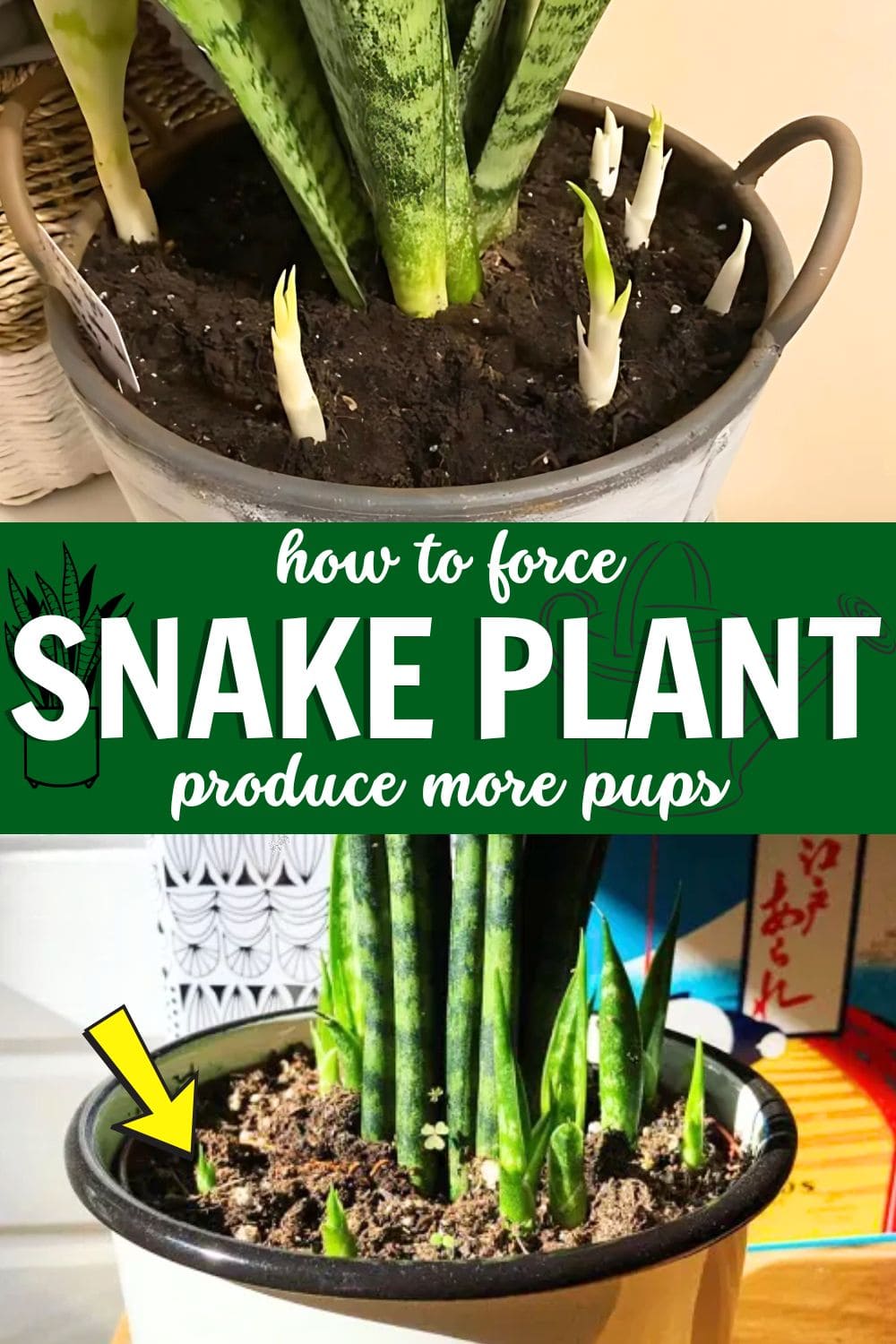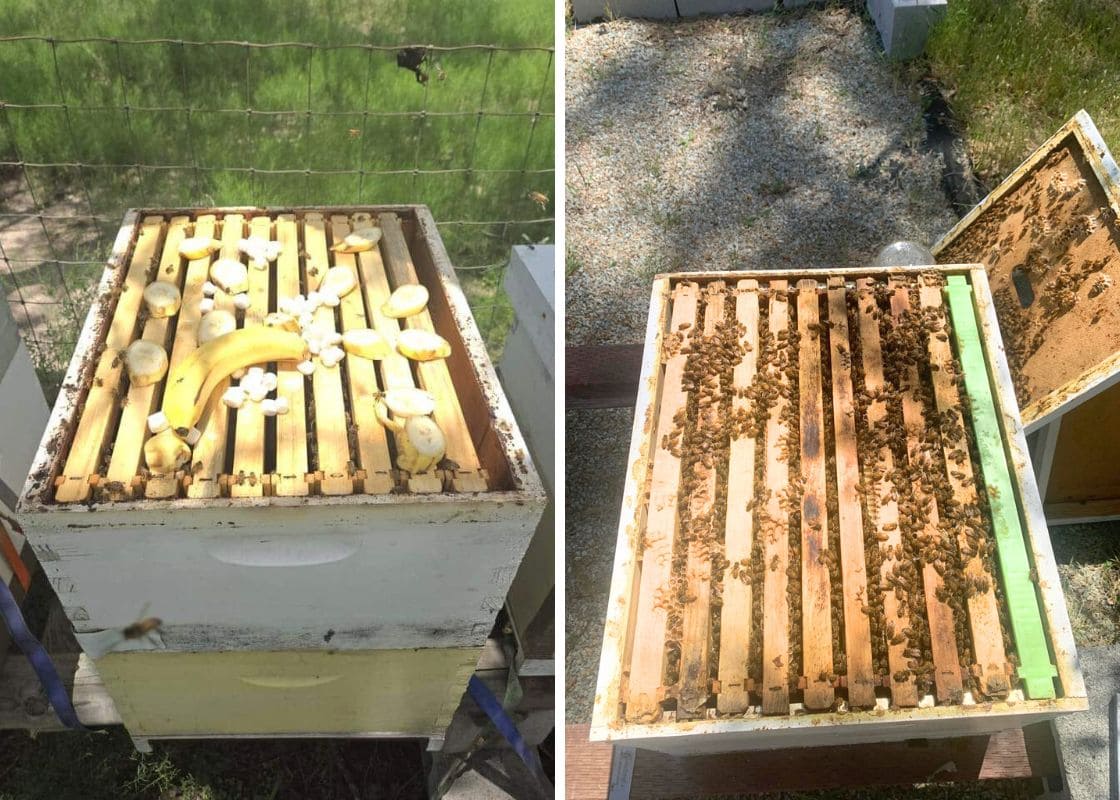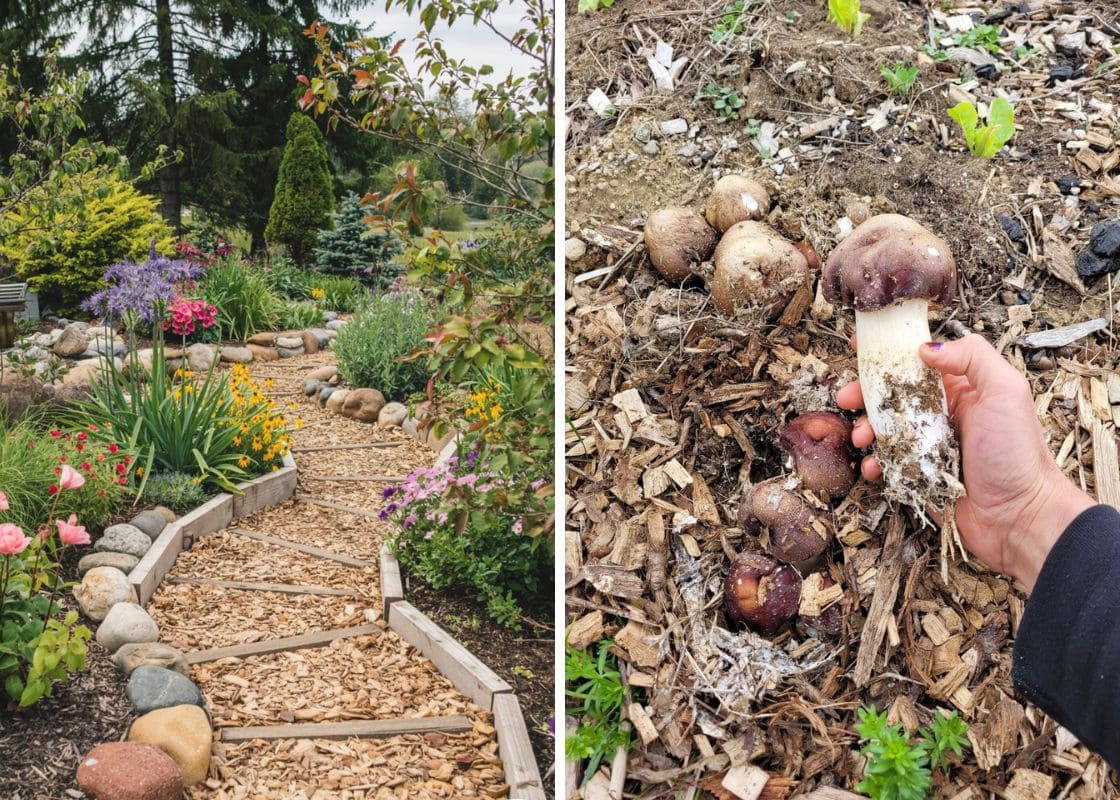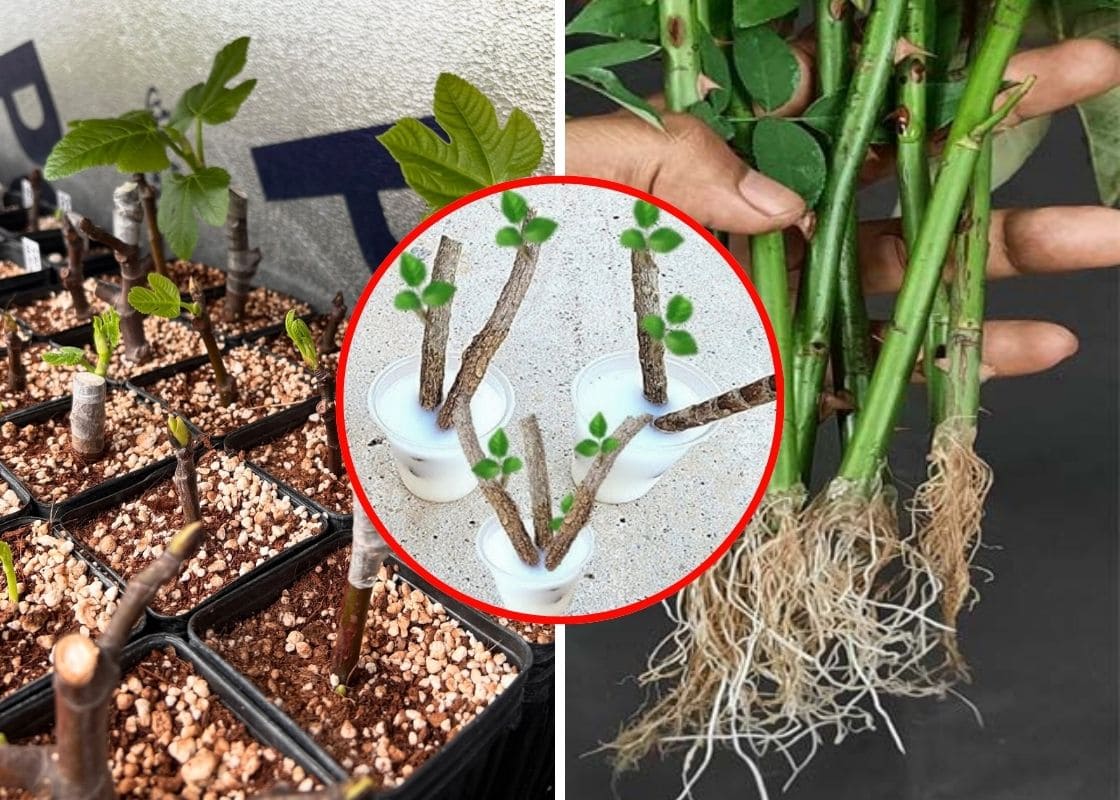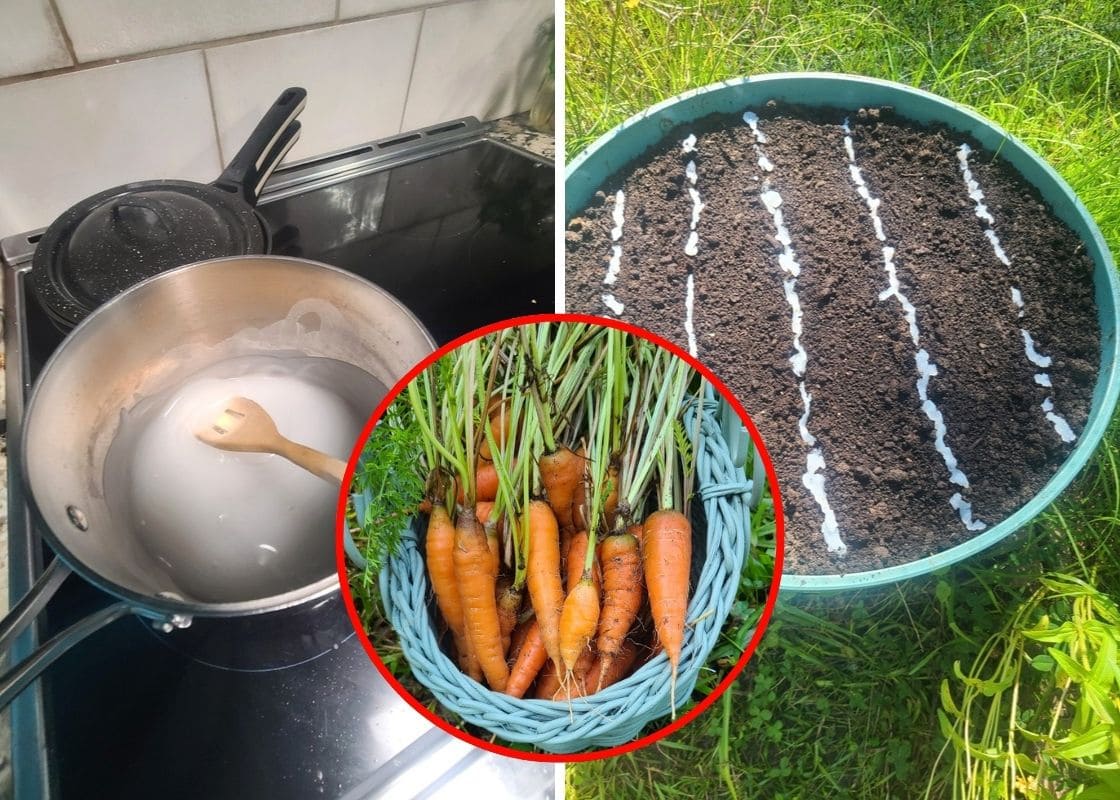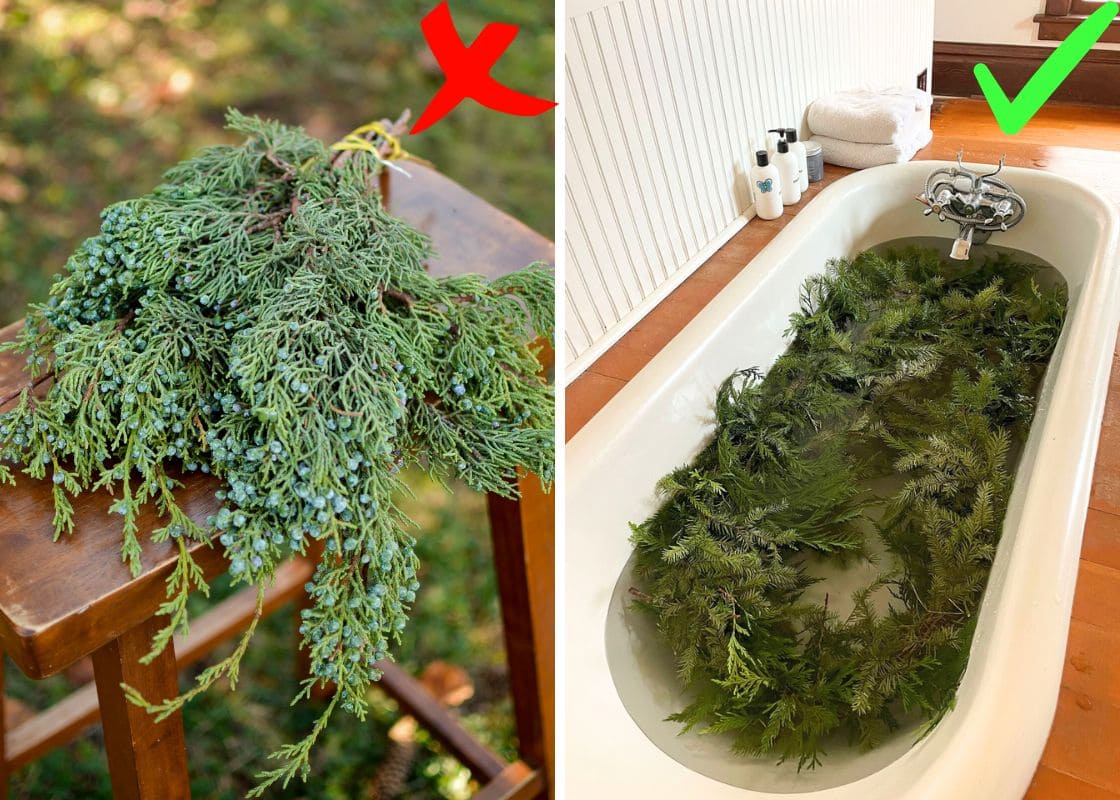If you’ve ever grown a snake plant, you know how rewarding it is when it starts producing pups. Those little offshoots mean your plant is thriving, expanding, and on its way to filling out its pot with even more striking, upright leaves.
But what if your snake plant is stubbornly staying as a single cluster, refusing to spread? I’ve been there, waiting impatiently, wondering why nothing was happening.
The good news is, you can encourage your snake plant to produce pups faster by making a few key adjustments.
Understanding How Snake Plants Produce Pups
Unlike some plants that spread through stem cuttings or flowers, snake plants grow through rhizomes, underground stems that store energy and push out new shoots.
These rhizomes thrive under certain conditions, and when everything is just right, they send up new pups that will eventually become full-fledged plants.
The trick is to create the perfect environment to trigger this growth response.
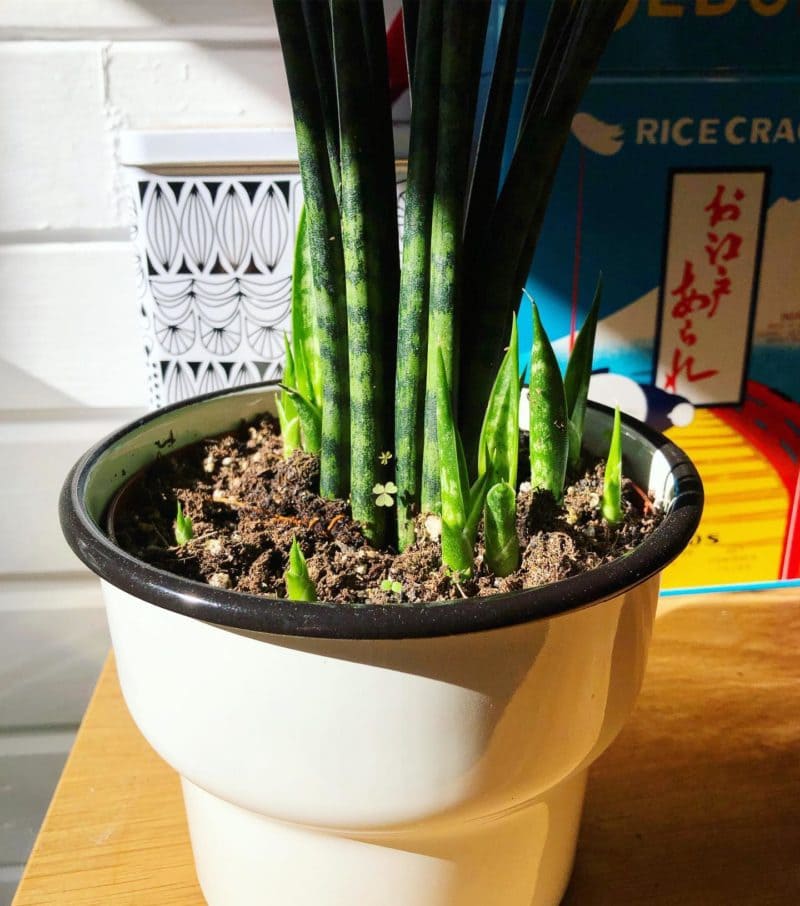
Pot Size and Root Stress: Finding the Right Balance
One of the biggest mistakes I see people make is giving their snake plant too much space.
You might think a large pot gives it room to grow, but in reality, snake plants like a snug environment. When they feel slightly cramped, they are more likely to send out rhizomes in search of new space, leading to more pups.
I always recommend using a pot that is only slightly bigger than the root ball of the plant. If you’ve got a plant that’s been sitting in a huge pot for months without any new growth, consider repotting it into a smaller, more restrictive space.
Terra cotta pots work especially well because they allow for better aeration and prevent overwatering, which is another common problem that can slow down pup production.
The Power of Light: Why Brightness Matters
A snake plant can survive in low light, but if you want pups, you need to give it as much bright, indirect light as possible.
In its native environment, Sansevieria grows in open, sunny areas, so replicating this at home speeds up its growth.
I’ve noticed a huge difference between the plants I keep in dim corners versus the ones near bright windows. The ones getting at least 6–8 hours of indirect light tend to produce pups far more often.
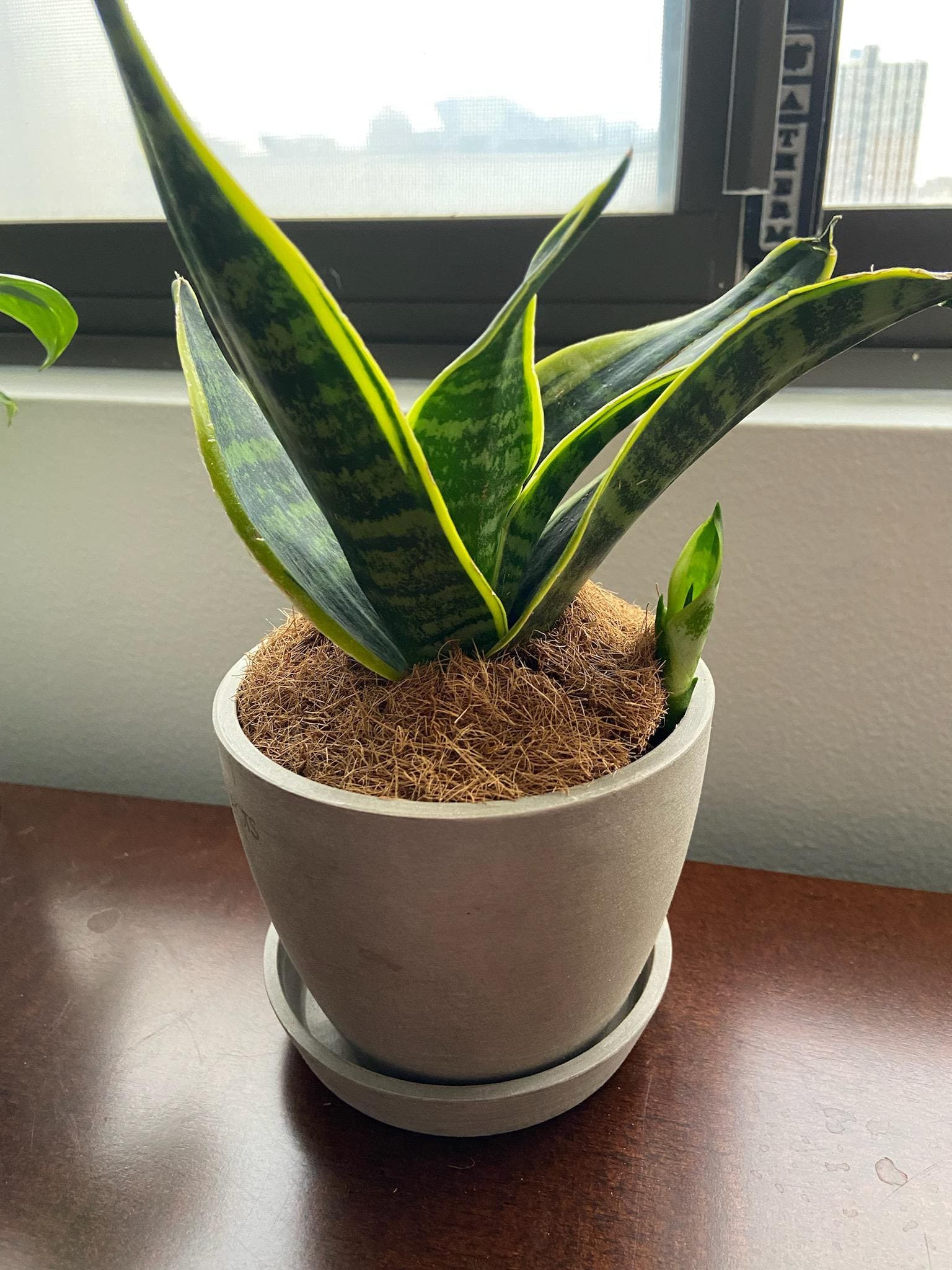
If you don’t have access to natural sunlight, a simple grow light can make all the difference.
I once moved a slow-growing snake plant from a shadowy hallway to a bright south-facing window, and within a couple of months, I saw new pups emerging from the soil.
Watering Strategy: Drying Out Between Waterings
If the soil stays damp for too long, the plant will focus on surviving instead of expanding.
The best way to encourage pups is to let the soil dry out completely between waterings. I usually wait until the leaves start to feel just slightly softer before giving them a deep drink.
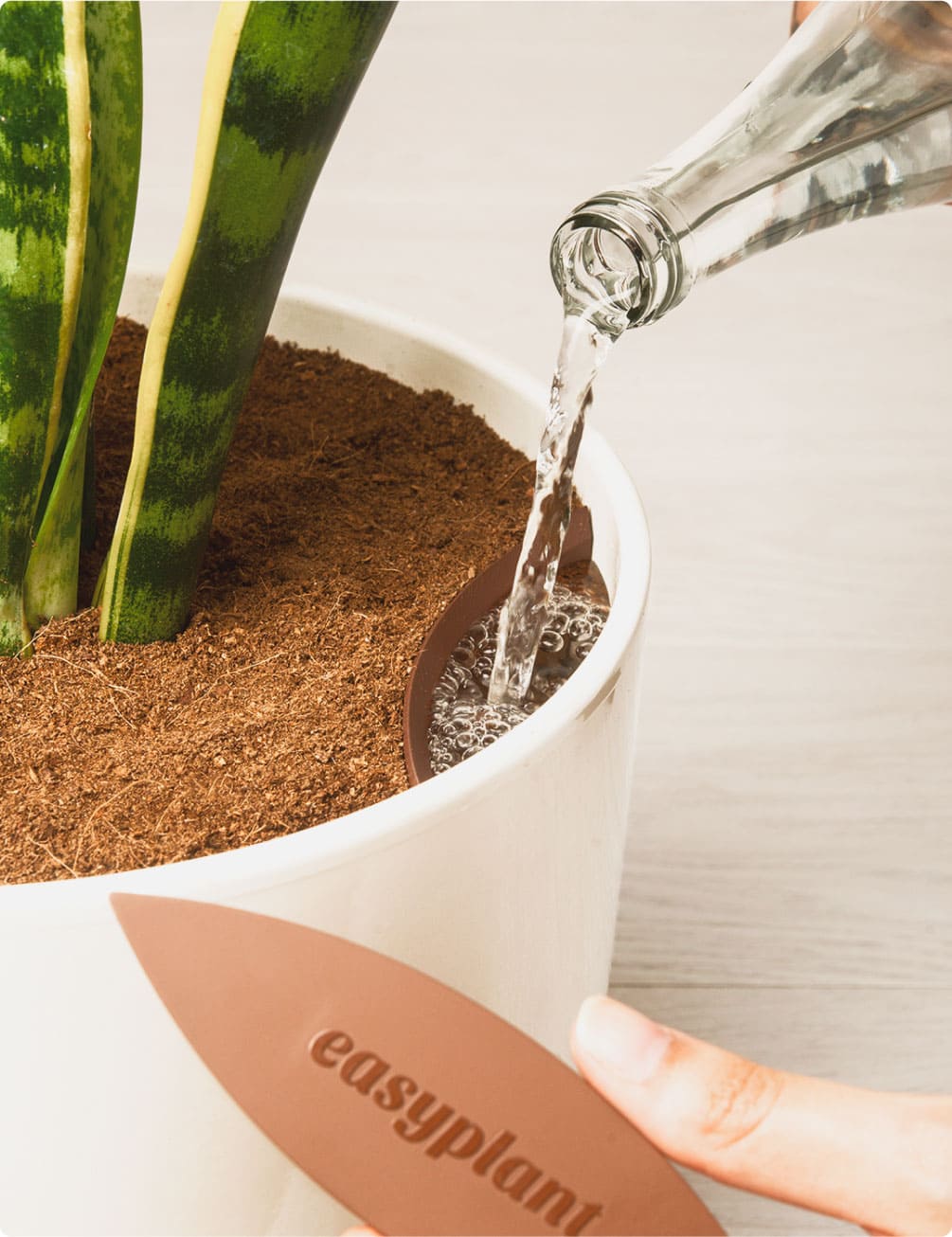
On the flip side, you don’t want to dehydrate your plant to the point of stress. A good rule of thumb is to water only when the soil is fully dry, which could be every 2–3 weeks depending on your climate.
I always water deeply when I do, making sure excess moisture drains out, then leave it alone until the next cycle.
Temperature and Seasonal Growth Spurts
Snake plants tend to grow fastest in warmer temperatures, and they slow down significantly in winter.
If you’re trying to force pup production, aim for temperatures between 70–85°F (21–29°C). They can tolerate cooler temperatures down to 50°F (10°C), but growth will slow dramatically.
I’ve also found that a slight change in temperature can encourage new growth. In early spring, I move my snake plants closer to the brightest window and increase watering slightly.
Feeding for Pups: The Right Fertilizer Approach
Snake plants don’t need much fertilizer, but a little boost during the growing season can speed up pup development.
The key is to use a balanced, diluted fertilizer, I usually go with an all-purpose liquid fertilizer at half strength. Applying it once every six weeks in spring and summer is usually enough.
However, if you overfeed, the plant might put all its energy into growing taller leaves rather than spreading rhizomes.
I learned this the hard way after giving one of my plants a strong dose of fertilizer, within weeks, the leaves shot up but not a single pup appeared.
Dividing Existing Pups to Encourage More Growth
If you’re lucky enough to have a snake plant that’s already producing pups, separating them can actually stimulate the mother plant to make more.
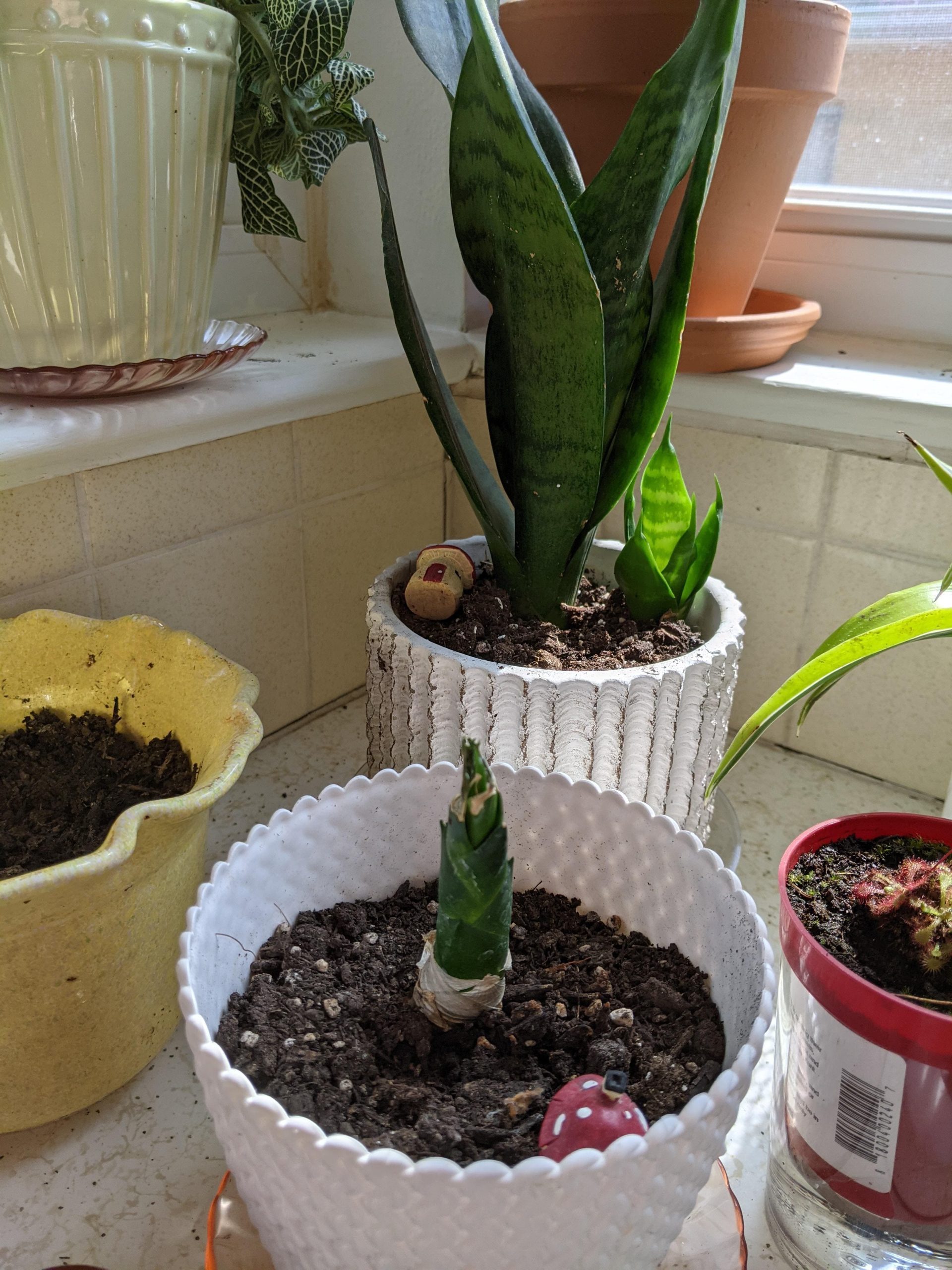
To separate a pup, wait until it has at least three or four leaves and strong roots.
Then, gently remove the plant from the pot, locate the rhizome connecting the pup to the mother plant, and use a clean knife or shears to cut it free.
I like to let the cut end dry for a few hours before repotting to prevent rot. Once you’ve replanted the pup in fresh soil, give it a little water and watch it take off!
Common Problems and How to Fix Them
Sometimes, despite doing everything right, a snake plant still refuses to produce pups. If that’s happening, here are a few troubleshooting tips:
- Plant is healthy but not producing pups: It might be too comfortable. Try repotting into a slightly smaller pot or moving it to a brighter location.
- You notice rhizomes but no above-ground growth: Your plant might need a little extra energy. A small dose of fertilizer and slightly increased watering can give it the push it needs.
- Plant seems stuck in survival mode: You should check for root rot: Overwatering can damage the rhizomes, preventing them from sending up new shoots.
